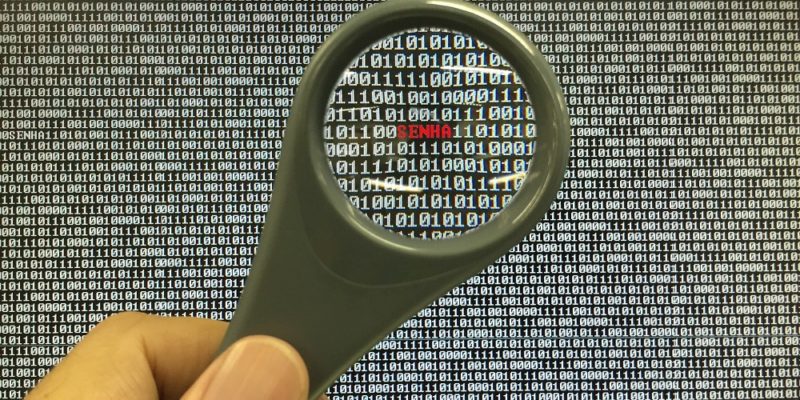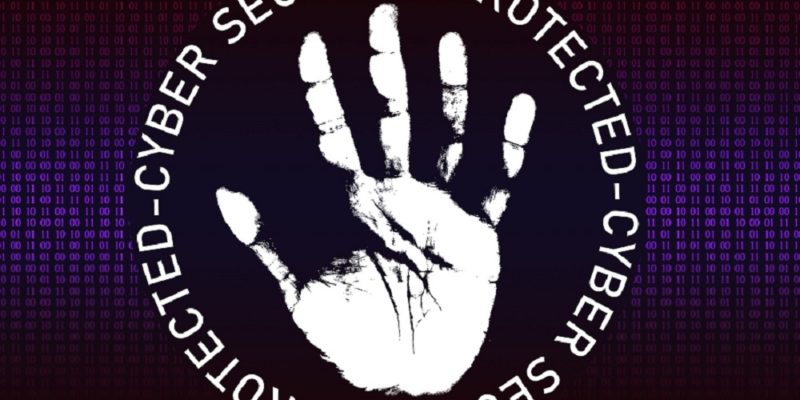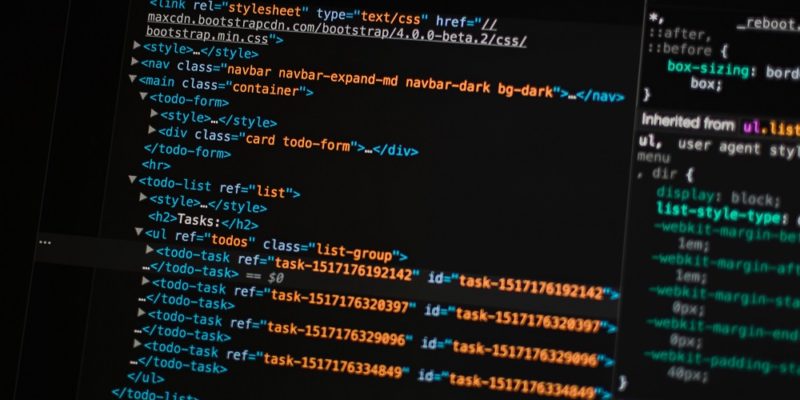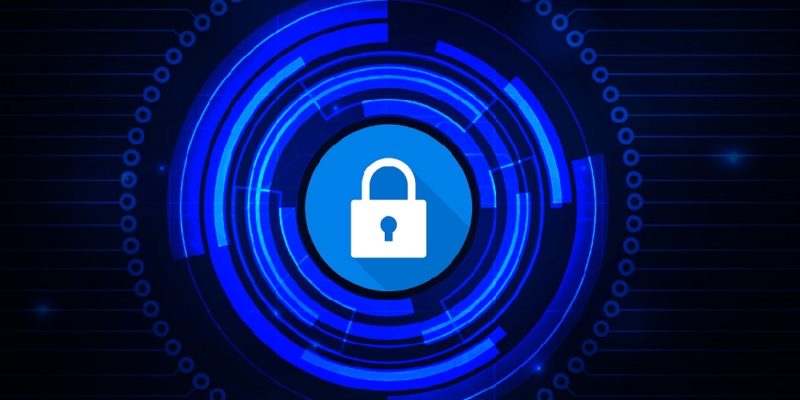 Nearly 100 TCP/IP Stack Vulnerabilities Found During 18-Month Research Project
Nearly 100 TCP/IP Stack Vulnerabilities Found During 18-Month Research Project
The research, named Project Memoria, was conducted by enterprise device security firm Forescout in collaboration with others. It resulted in the discovery of the vulnerabilities tracked as Ripple20, AMNESIA:33, NUMBER:JACK, NAME:WRECK, INFRA:HALT, and NUCLEUS:13. TCP/IP stacks are leveraged by a wide range of devices for communication, including medical products, industrial control systems (ICS), printers, and…










